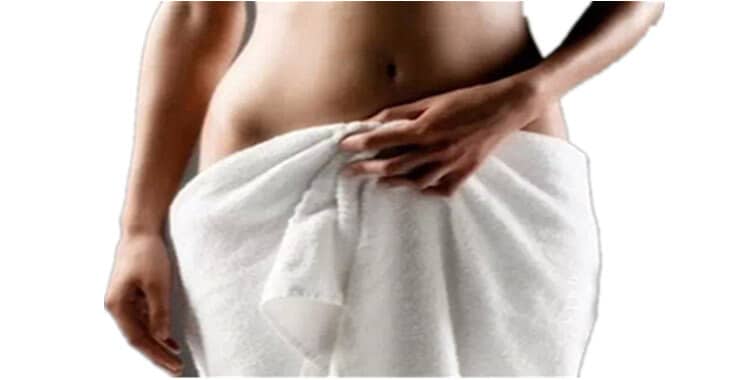The lining walls of the vagina are thick, being made up of 20 to 40 layers of cells. These overlap like the tiles on a roof. They are similar to skin cells (epithelial), but with no hair follicles, sweat, or sebaceous glands. So there are no pores, no external orifices, through which germs can enter. The vagina has a robust, tough, resilient, protective lining.
Like all skin tissue, the bottom layer grows and pushes up the middle layer, which pushes up the top layer, which eventually dies and is sloughed off (shed). The female hormone estrogen stimulates this constant cell growth and replacement. Before puberty, the lining of the vagina is immature: pale, delicate, and very thin. (Sexual intercourse with a little girl damages the walls; it is physical as well as sexual abuse.) Sometime after menopause, the lining can start to thin out again.
The vagina walls help support the bladder and rectum and hold them in place. If they are stretched by repeated childbirth, or damaged in other ways, they lose some of their natural tension and strength. When this happens, there can be prolapse, a small portion of the bladder, rectum, or uterus dips down into the vagina. This problem can occur later in life.
The vagina has its own carefully balanced ecology. It produces a constant supply of moisture from blood fluids in the walls. During the reproductive years, this fluid is acid-based. It contains mucus, sloughed-off dead cells, helpful bacteria, yeast, and other microbes. The acidity, the tough lining, and the bacteria all protect against infection. They are essential for vaginal health.














